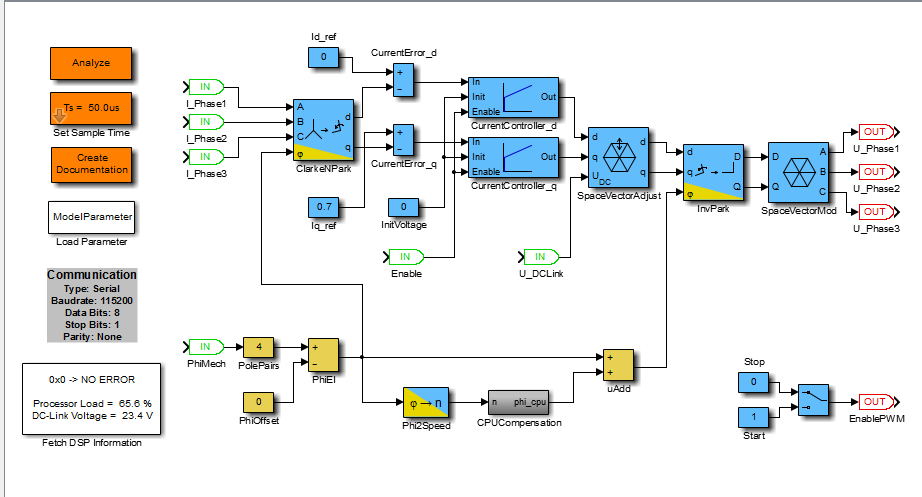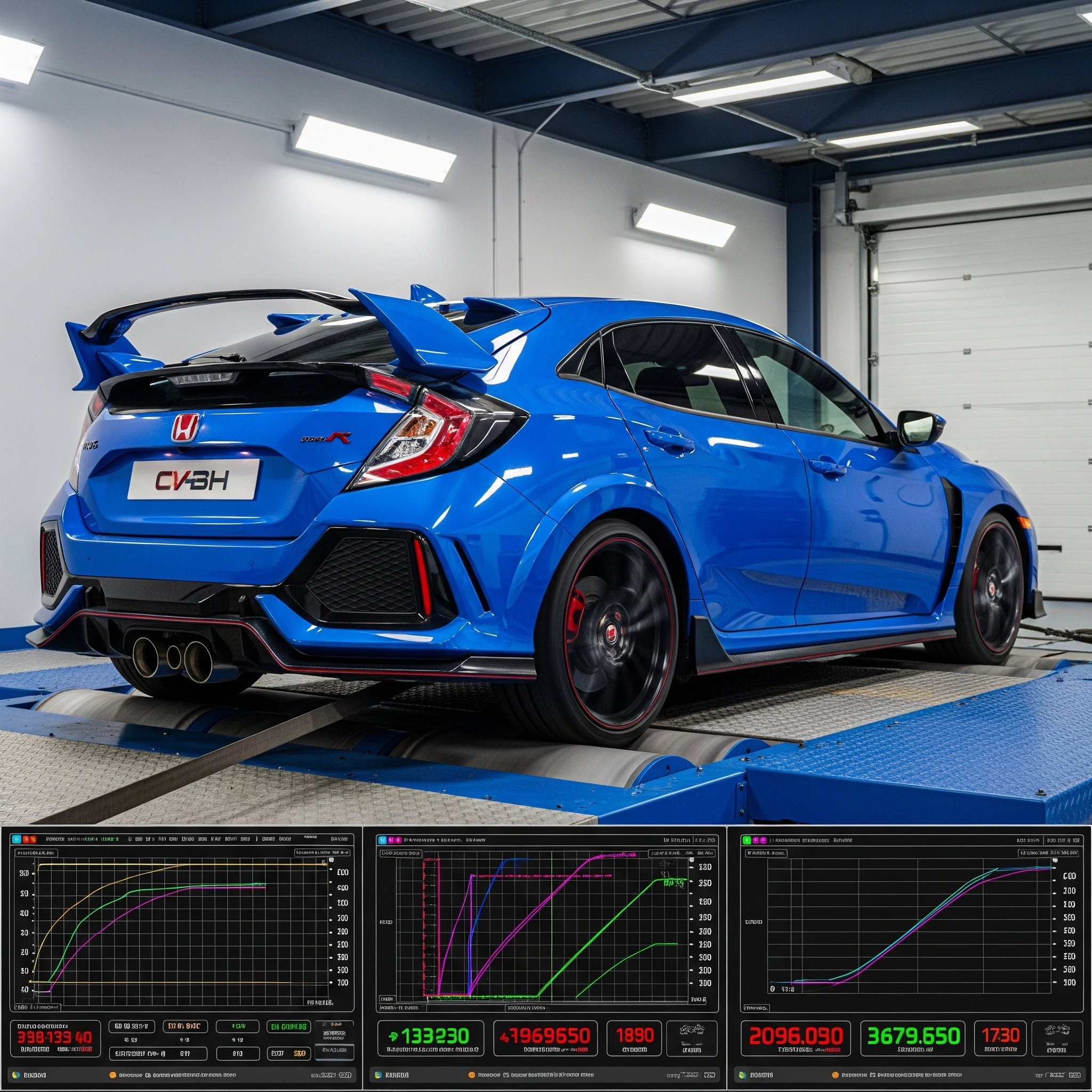
My name is Siddhartha. I have been practising MATLAB for automotive-related technology such as controllers, machine learning, etc., Over the period of past 2 years what I have realised is that the technologies around the world are moving towards sustainability and that is why the electric vehicles are rapidly penetrating in the transportation market. It is high time to understand that your mainstream degree which focuses only on one domain can only be of helpful in just to start your career. To grow up in the ladder, it is high imminent to develop your technical skills in other domains as well such as electronics, data science, etc. Traditional people say, you need to read many books by spelling out some random author names whose books are treated as Bibles in their respective field.
Don’t panic! In this blog, I would like to post a series of articles how Simulink can make your learning in any field easier compared to conventional methodology. You can use my ideologies for solving a real-life problem of similar kind.
Simulink is a tool by the MathWorks which is familiar in the industry for its tool ‘MATLAB’. Yes, Simulink is a part of the MATLAB and it has unimaginable collection of Add-ons that serve to solve our problem with ease. It’s a bit of conceptual understanding which is required to get you started with the tool and followed by some hand-holding until you master it.
I am here to guide you through it. Don’t worry!
‘Conceptual understanding’ which I mention is not about the complex differential equations, theorems, and derivations. It is about how to model a physical system in a software environment and make it applicable to our requirements. Simulink offers us an easy and intuitive interface which takes care of most of the underlying concepts. The physics will be represented using blocks and, signals connects the individual blocks to enable the transmission of information. We as a user, only need to suitably parameterise the blocks such that each of them represents the physics behind each sub-system which in turn represent the entire system of interest.
Interestingly, in the most cases, it is required that after achieving your solution, the solution needs to be optimised for desired results which may demand thousands of iterations using optimisation techniques. Manually doing it is a daunting task and we need optimisation tools. In this regard, Simulink besides modelling and simulation, has a capability to optimise the parameters using add-on packages or co-simulate externally with the third-party software tools. Most of the systems are dynamic in nature and Simulink can handle them with ease. For example, the fig-1 if applied to a rocket, the mass is varying with time as it burns off its fuel and the fig-2 showing an EGR system having multiple controlling variables to define its action. In my future posts, I will share with you my experiences with Simulink as a tool to solve problems that I come across in my career.




